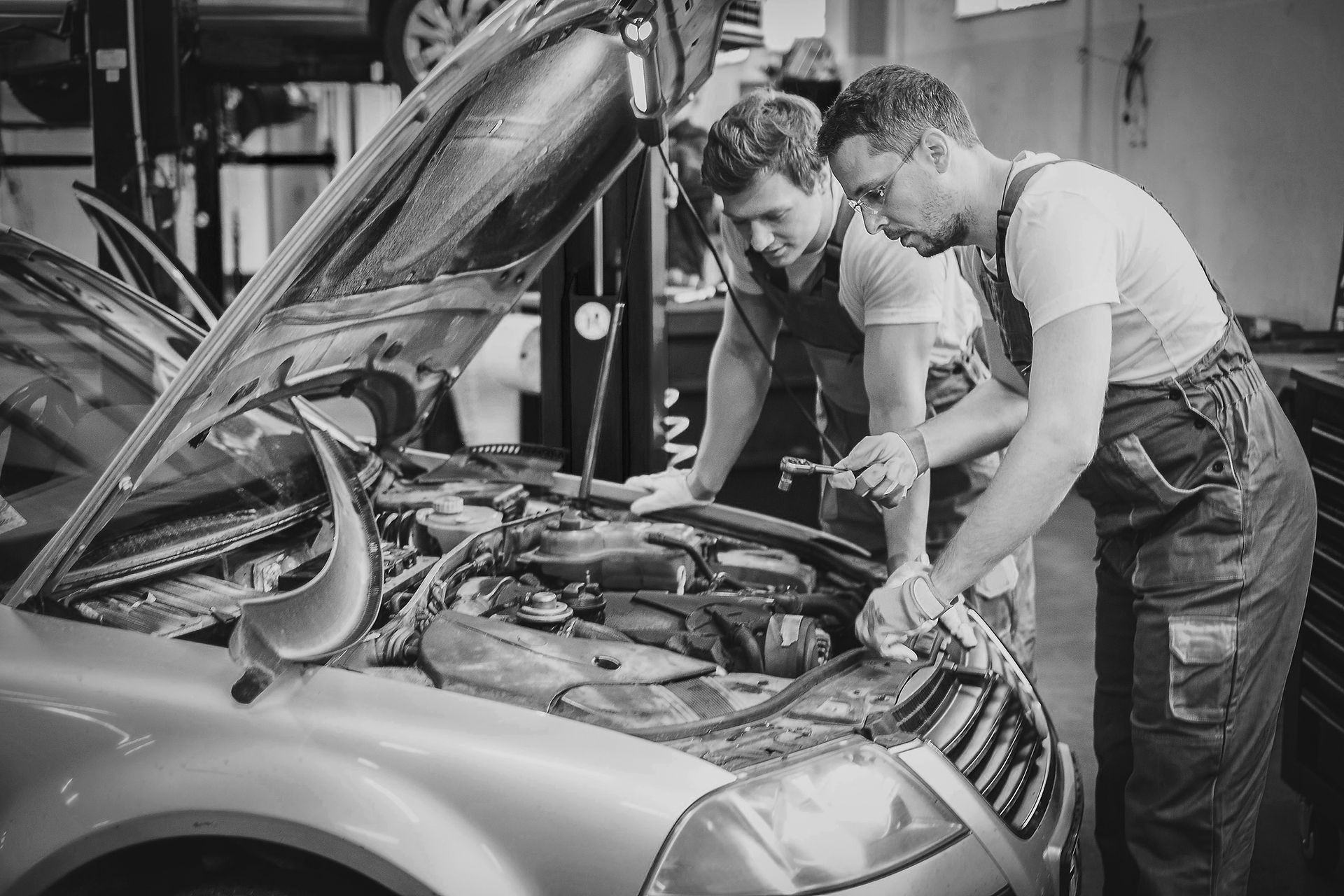
BUMPER REPAIR
Bumpers are designed to protect the vehicle’s structure and absorb any impact in a collision. MultiCraft’s certified technicians are trained in plastic and rubber bumper repair to return these crucial parts to their pre-accident condition. We perform the necessary repair for each bumper, and recondition the bumper to erase any signs of dents, scratches, scrapes, or indentations. At times parts can be repaired, especially bumper covers, which are commonly damaged on a vehicle. In addition to saving your bumper, our technicians will also be able to blend the appended paint more efficiently and accurately. No matter what plastic your bumper is made of, our technicians are trained to repair it correctly.

BUMPER HISTORY
Bumpers were at first just rigid metal bars. The first bumper appeared on a vehicle in 1897, and it was installed by Nesselsdorfer Wagenbau-Fabriksgesellschaft, a Czech car maker. The construction of these bumpers was not reliable as they featured only a cosmetic function. Early car owners had the front spring hanger bolt replaced with ones long enough to be able to attach a metal bar. G.D. Fisher patented a bumper bracket to simplify the attachment of the accessory. The first bumper designed to absorb impacts appeared in 1901. It was made of rubber and Frederick Simms gained patent for this invention in 1905.
Bumpers were added by automakers in the mid-1910s, but consisted a strip of steel across the front and back. Often treated as an optional accessory, bumpers became more and more common in the 1920s as automobile designers made them more complex and substantial. Over the next decades, chrome plated bumpers became heavy, elaborative, and increasingly decorative until the 1950s when US automakers began establishing new bumper trends and brand specific designs. The 1960s saw the use of lighter chrome plated blade-like bumpers with a painted metal valance filling the space below it. Multi-piece construction became the norm as automakers incorporated, and even rear into the bumpers.
On the 1968, with Pontiac, General Motors incorporated an “Endura” body-colored plastic front bumper designed to absorb low-speed impact without permanent deformation. It was featured in a TV advertisement with John DeLorean hitting the bumper with a sledgehammer and no damage resulted. Similar elastomeric bumpers were available on the front and rear of the 1970-71 Plymouth Barracuda. In 1971, Renault introduced a plastic bumper (sheet moulding compound) on the Renault 5.
Current design practice is for the bumper structure on modern automobiles to consist of a plastic cover over a reinforcement bar made of steel, aluminum, fiberglass composite, or plastic. Bumpers of most modern automobiles have been made of a combination of polycarbonate (PC) and Acrylonitrile butadiene styrene (ABS) called PC/ABS.
_edited.png)